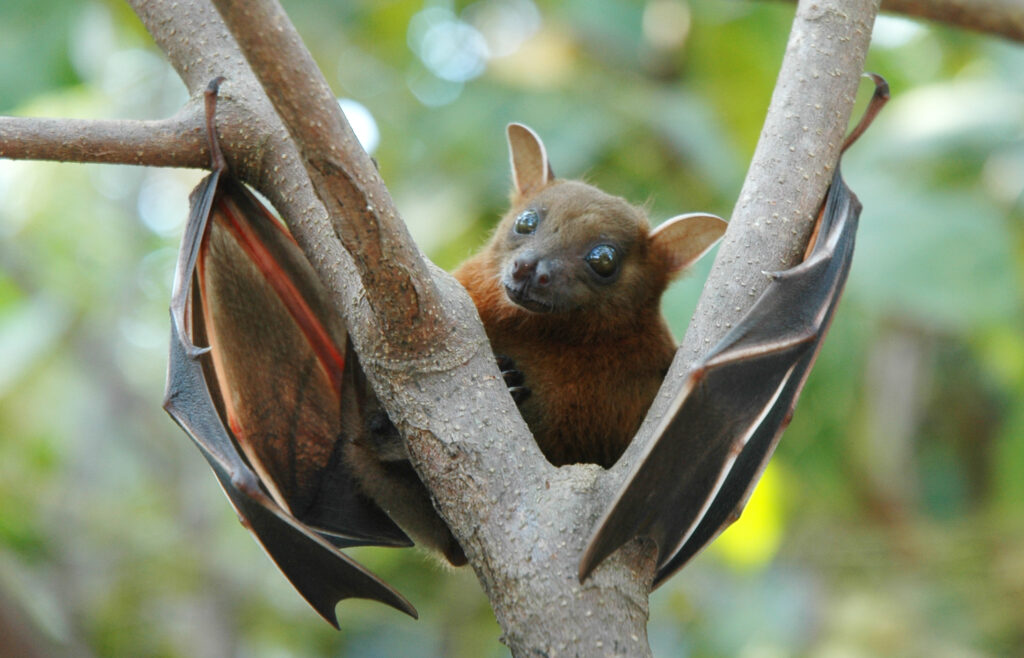When we think of pollination, our minds often conjure images of bees buzzing from flower to flower in bright sunshine. However, a fascinating ecological drama unfolds after sunset when nocturnal pollinators take center stage. These night-shift workers are essential participants in the global ecosystem, responsible for pollinating approximately 30% of the world’s flowering plants. From moths with specialized proboscises to fruit bats navigating by echolocation, the diversity of creatures that pollinate in darkness is both surprising and vital to our planet’s biodiversity. This largely unseen workforce maintains the reproductive cycles of many plants that have specifically evolved to open their blooms and release their fragrances only under the cover of darkness.
The Evolutionary Dance of Night Blooming Plants

Night-blooming plants have evolved specific adaptations to attract pollinators in the darkness. Many feature large white or pale-colored flowers that reflect even the smallest amounts of moonlight, creating natural beacons for night-flying creatures. These plants often produce much stronger fragrances after sunset than their daytime counterparts, releasing powerful sweet scents that can travel great distances through the still night air. The timing of these blooms is precisely synchronized with the active periods of their pollinators, demonstrating millions of years of coevolution. Famous examples include evening primrose, night-blooming jasmine, moonflower, and various species of cacti, all of which have developed unique mechanisms to ensure successful reproduction in the absence of daylight.
Moths: The Unsung Heroes of Night Pollination
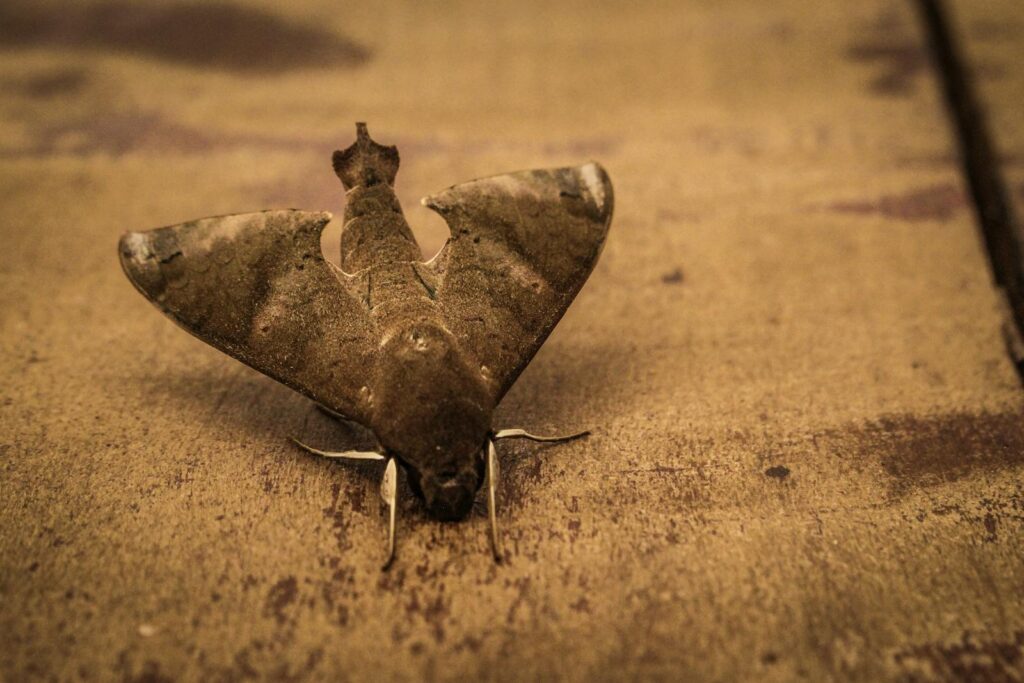
Moths represent perhaps the most significant group of nocturnal pollinators, with over 160,000 species worldwide engaging in pollination activities. Unlike their butterfly cousins, most moths are active after dark and have evolved specific traits that make them efficient night pollinators. Many species possess extraordinarily long proboscises that allow them to reach nectar in deep-throated flowers that daytime pollinators cannot access. The hawk moth, for instance, can hover like a hummingbird while extending its proboscis, which can be longer than its body, into tubular flowers. Their bodies often collect substantial amounts of pollen as they feed, which they then transfer between plants, completing the pollination process with remarkable efficiency in the darkness.
The Magnificent Sphinx Moths

Sphinx moths, also known as hawk moths or hummingbird moths, are among the most impressive nocturnal pollinators in the world. These large, powerful fliers can travel up to 12 miles per hour and hover with precision in front of flowers while feeding. Their exceptional flight capabilities allow them to maintain specific positions while extracting nectar, much like their daytime counterparts, hummingbirds. The Morgan’s sphinx moth of Madagascar pollinates the star orchid, which has a nectar tube nearly a foot long, requiring the moth’s extraordinary 12-inch proboscis. Charles Darwin famously predicted the existence of this moth before it was discovered, based solely on the structure of the orchid, demonstrating the intimate evolutionary relationship between these moths and their host plants.
Bats: Mammalian Masters of Night Pollination

Bats represent the only mammals that have evolved true flight, and approximately 500 species worldwide serve as critical pollinators in tropical and desert ecosystems. Nectar-feeding bats have elongated snouts and tongues specially adapted for reaching deep into flowers and lapping up nectar. Their fur often becomes dusted with pollen as they feed, which they then transfer between plants of the same species. In the Sonoran Desert, the endangered lesser long-nosed bat is the primary pollinator of the iconic saguaro cactus, highlighting the ecological interdependence of these species. Globally, bats are responsible for pollinating over 500 plant species, including economically important crops like bananas, mangoes, and agave, the plant used to produce tequila.
Beetles: Ancient Pollinators Working the Night Shift
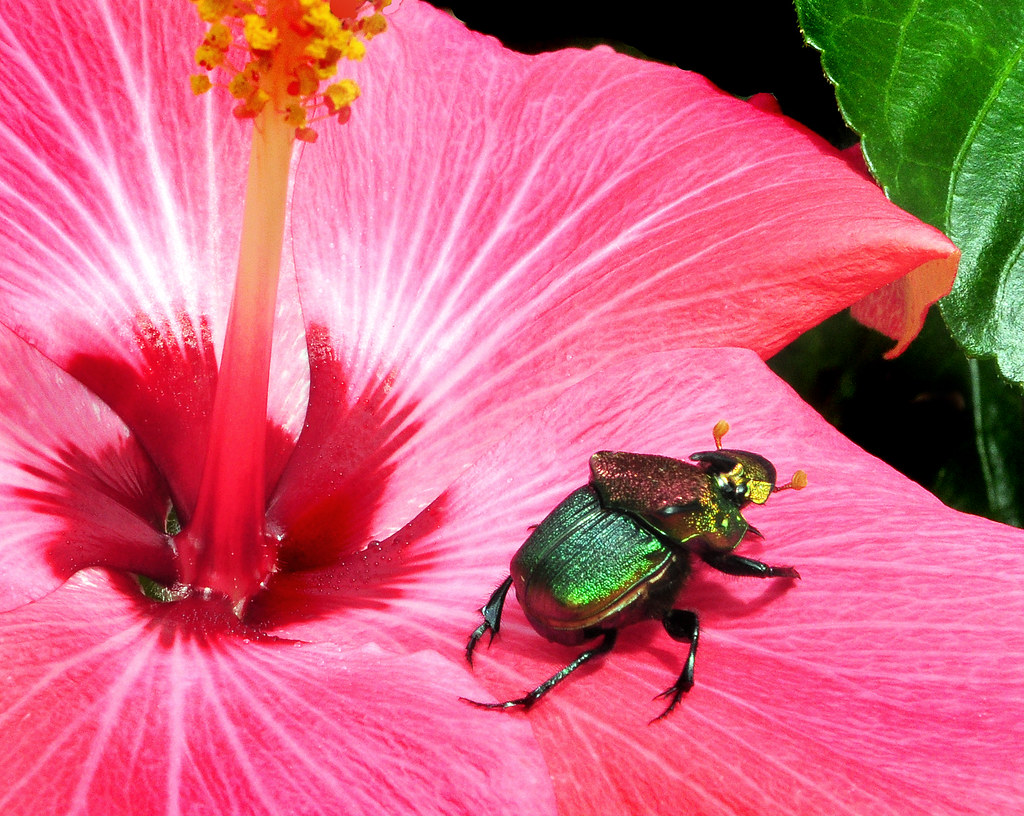
Beetles were among the first insects to pollinate plants, with relationships dating back over 200 million years. While many beetle species operate during daylight hours, numerous nocturnal varieties continue the pollination process after dark. These night-shift beetles are particularly important pollinators for primitive flowering plants such as magnolias and water lilies. Unlike more “elegant” pollinators, beetles employ a “mess and soil” pollination strategy, often eating parts of the flower while becoming covered in pollen. They’re attracted to flowers with strong, sometimes fruity or fermented scents, and prefer open bowl-shaped blooms that provide easy landing platforms in the darkness. Their contribution to plant reproduction represents one of the oldest pollinator relationships on Earth.
Nocturnal Bees: The Surprising Night Workers
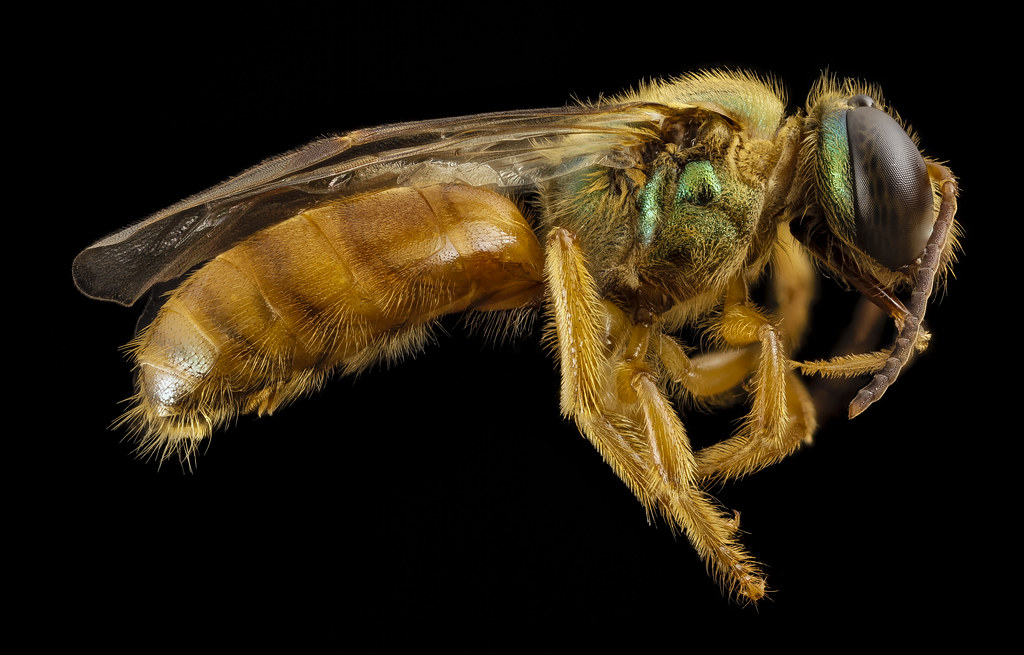
While most bees are diurnal, some specialized species have evolved to forage exclusively at night. These nocturnal bees possess enlarged ocelli (simple eyes) and compound eyes with adaptations that allow them to navigate and locate flowers in extremely low light conditions. The Central American tropical bee Megalopta genalis can fly through dense forest understory on moonless nights when light levels are one hundred millionth the intensity of daylight. These remarkable insects have developed specialized neural adaptations that effectively increase their visual sensitivity by summing photons over time. Research has shown that some nocturnal bee species can even use the polarization pattern of moonlight and patterns of stars for navigation, similar to methods used by ancient human sailors.
Thrips: Tiny but Mighty Night Pollinators
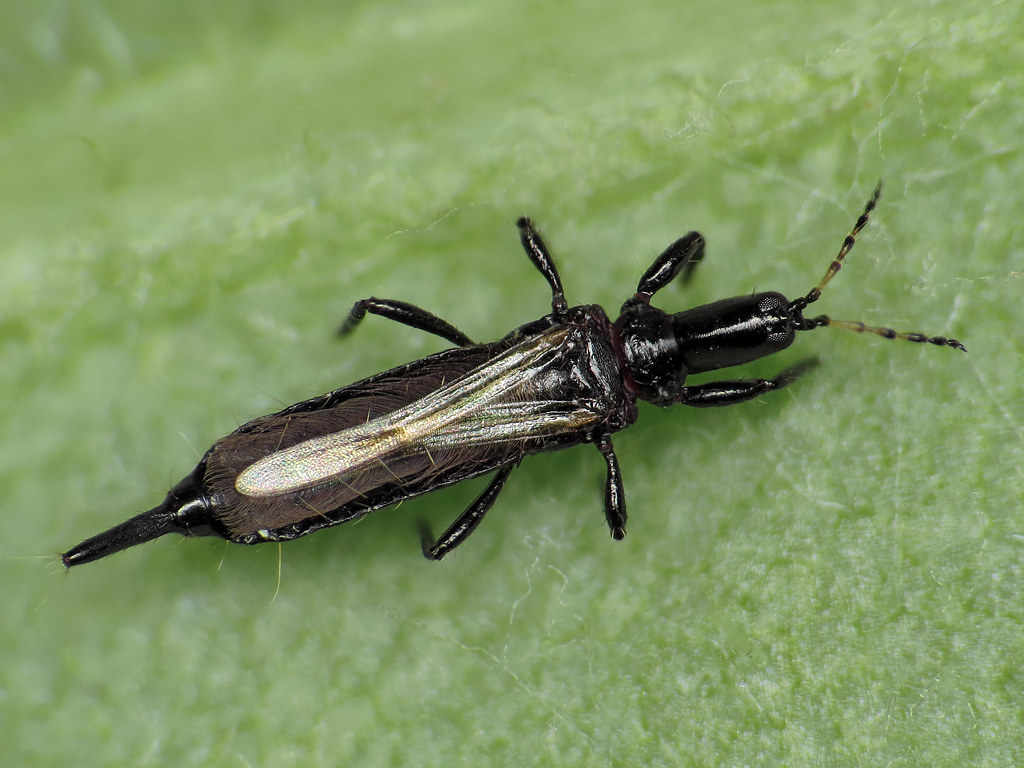
Thrips are minuscule insects, typically measuring less than 1mm in length, that often go unnoticed despite their ecological importance as nocturnal pollinators. These tiny creatures possess unique fringed wings and asymmetrical mouthparts that allow them to feed on pollen and plant fluids. Despite their diminutive size, thrips can transport significant amounts of pollen relative to their body mass, making them surprisingly effective pollinators for certain plant species. Their small size allows them to access parts of flowers that larger pollinators cannot reach, creating specialized pollination niches in the ecosystem. In tropical regions, nocturnal thrips species have developed mutually beneficial relationships with certain night-blooming plants, ensuring the reproduction of these species while securing their own food source.
Gecko Pollinators: Reptiles Joining the Night Shift

In certain island ecosystems, particularly in New Zealand and Mauritius, geckos have evolved to become important nocturnal pollinators. These small reptiles visit flowers to feed on nectar and pollen, and in the process, their scales and skin collect pollen that transfers between plants as they move. The New Zealand gecko is known to pollinate several native plant species, including the pohutukawa and the New Zealand flax. Unlike insect pollinators, geckos have relatively large bodies that can carry substantial pollen loads, potentially making them more efficient pollinators for certain plant species. Their contribution to pollination highlights how diverse animal groups can evolve to fill ecological niches when opportunities arise, especially in isolated island environments with limited pollinator diversity.
Climate Change Threats to Nocturnal Pollinators

Nocturnal pollinators face unique challenges from climate change that differ from those affecting daytime species. Rising global temperatures are disrupting the precise timing mechanisms that synchronize when flowers bloom and when their specialized pollinators emerge or become active. Light pollution from expanding human development is disorienting nocturnal pollinators, interfering with their navigation, mating behaviors, and ability to locate flowers. Increasing frequency of extreme weather events, particularly unseasonal storms and temperature fluctuations, can devastate moth and beetle populations that have narrow environmental tolerances. Additionally, many night-blooming plants require specific temperature drops to trigger flowering, a process increasingly disrupted by warming nights, creating potential mismatches between plant readiness and pollinator activity.
Conservation Challenges for the Invisible Workforce

Night pollinators face unique conservation challenges precisely because their work occurs when most humans are asleep, creating an “out of sight, out of mind” dilemma for conservation efforts. Unlike charismatic pollinators such as butterflies and bees, moths, bats, and other nocturnal species often struggle to garner public interest and support despite their ecological importance. Pesticide use presents a particularly severe threat, as many nocturnal pollinators are highly sensitive to common agricultural chemicals, which can cause immediate mortality or sublethal effects on navigation and reproduction. Habitat fragmentation is especially problematic for species like nectar bats that may need to travel long distances between feeding sites each night. Conservation programs must increasingly consider the unique needs of these night-shift workers to maintain healthy ecosystem functioning.
Creating Night Pollinator Gardens

Gardeners can play a crucial role in supporting nocturnal pollinators by creating dedicated spaces that cater to their specific needs. Planting native night-blooming species such as evening primrose, night phlox, moonflower, and jasmine provides essential food sources for moths and other nocturnal visitors. Reducing or eliminating outdoor lighting during flowering seasons helps prevent disorientation of night pollinators and allows them to locate flowers more effectively. Avoiding pesticide use is particularly important, as many nocturnal species are extremely sensitive to these chemicals. Providing diverse habitat elements such as brush piles, leaf litter, and undisturbed soil areas offers daytime shelter for moths and beetles that will emerge to pollinate at night. Creating such gardens not only supports biodiversity but also offers humans the opportunity to enjoy the special beauty and fragrance of night-blooming plants.
The Future of Night Pollination Research

The field of nocturnal pollination biology represents a fascinating frontier in ecological research, with new discoveries constantly expanding our understanding of these complex relationships. Advanced technologies like infrared cameras, motion-sensitive recording devices, and environmental DNA sampling are revealing previously unknown interactions between night-active animals and the plants they pollinate. Genetic research is uncovering the evolutionary pathways that led to nocturnal pollination syndromes and the molecular mechanisms that control timing in both plants and animals. Citizen science projects focused on moth populations are providing valuable data about distribution and abundance changes that may signal environmental problems before they become catastrophic. As research continues to illuminate this hidden world, our appreciation grows for the complex web of relationships that unfold each night while most humans sleep, maintaining biodiversity through the darkness.
Conclusion
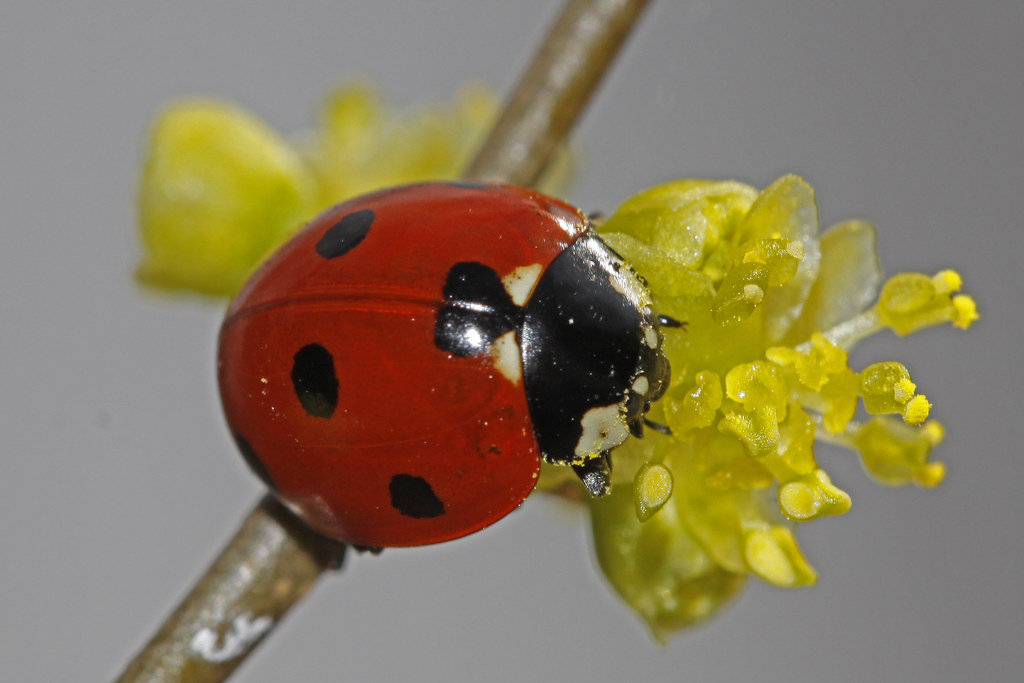
The nocturnal pollinators that comprise nature’s night shift represent a vital but often overlooked component of global biodiversity. From massive fruit bats to tiny thrips, these creatures maintain the reproductive cycles of countless plant species while most humans remain unaware of their essential ecological services. As we face increasing environmental challenges from climate change, habitat loss, and pollution, understanding and protecting these nocturnal relationships becomes ever more critical. By shining a light on these remarkable adaptations and interactions, we gain not only scientific knowledge but also a deeper appreciation for the complex ways life has evolved to utilize every niche—even the darkness—ensuring the continuation of Earth’s rich tapestry of interdependent species.

